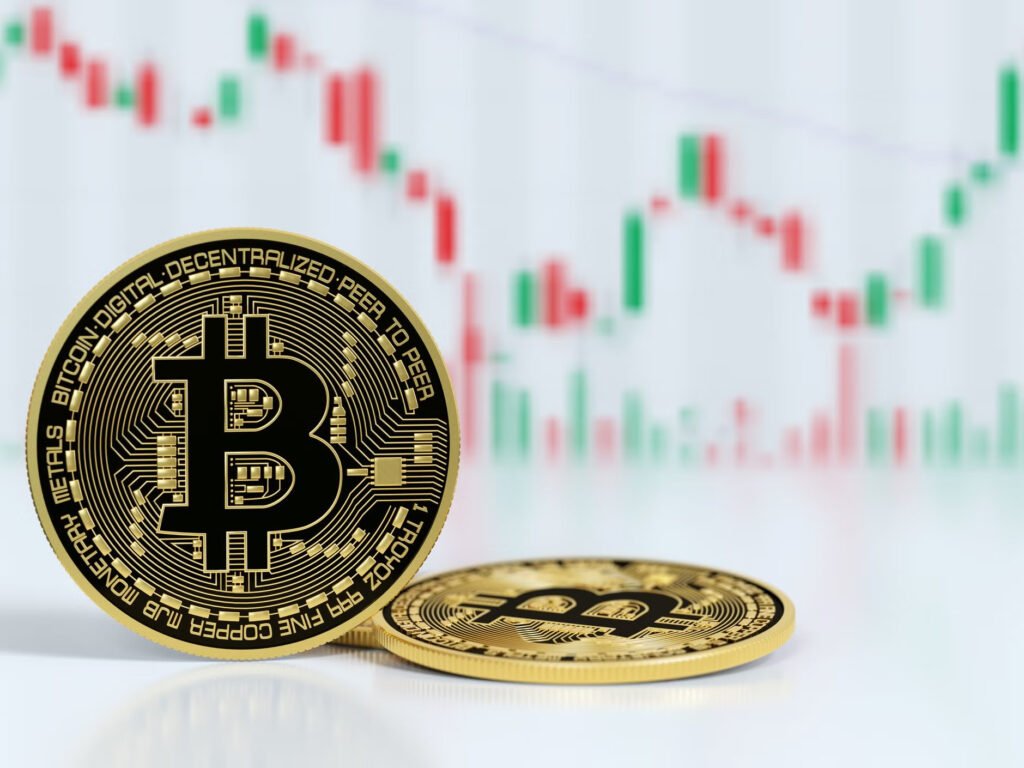
In September 2021, El Salvador, a small country known for its volcanoes, pristine beaches, and coffee plantations, suddenly became the cynosure of the cryptocurrency world.
President Nayib Bukele announced the nation’s decision to adopt bitcoin (BTC) as legal tender, the world’s first, which stirred up an intense cocktail of excitement, curiosity, and skepticism.
El Salvador, unlike other countries, doesn’t have its own currency – it has been using the U.S. dollar since 2001.
This lack of control over its own monetary policy, coupled with substantial reliance on remittances (transfers from abroad representing 26% of the country’s GDP), created a unique context for crypto adoption.
Bitcoin, with its borderless, decentralized nature, promised a potential solution to high remittance fees and lack of financial inclusion for a large unbanked population.
Additionally, the allure of attracting cryptocurrency investments and fostering a new tech-savvy image for the country might have influenced this decision.
Decoding El Salvador’s Bitcoin Revolution: Implementation and Early Outcomes
Upon the Bitcoin Law enactment in September 2021, the government introduced the ‘Chivo’ digital wallet, providing a $30 bitcoin bonus to every citizen who downloaded it.
However, a year on, the adoption hasn’t been as widespread as anticipated. A study found that only 20% of Salvadorans who downloaded the app continued to use it after spending the free credit.
Despite legal requirements to accept BTC, only about 20% of businesses have complied, as many Salvadorans still view the coin with suspicion due to its volatility and high fees.
The grand vision of a “Bitcoin City,” powered by geothermal energy from a volcano, remains a dream with little progress.
Riding the Bitcoin Rollercoaster: Volatility for the Nation-State
The government’s acquisition of Bitcoin, totaling 2,546 coins worth approximately $76.6 million, has proven to be a double-edged sword.
When Bitcoin’s price plunged to half of its value at the time of adoption, the economic risk for El Salvador rose, complicating its efforts to pay $1.6 billion of sovereign bonds due in 2023 and 2025.
However, since the start of 2023, a bullish trend in Bitcoin has seen an 80% increase in its value and, interestingly, a parallel surge in El Salvador’s bonds, rising by over 60%.
This correlation suggests that the country’s economic health is now somewhat tied to the fluctuations of Bitcoin. The IMF and other global financial institutions have called on El Salvador to reduce its reliance on bitcoin to avoid strapping its economy to the rollercoaster that is its volatile price movements.
Could Bitcoin Become a Template for Other Nations?
Given El Salvador’s unique circumstances, its Bitcoin experiment might not be directly replicable in other countries. Yet, there are crucial takeaways for governments contemplating a similar path.
- The educational and infrastructural groundwork is vital. Many Salvadorans reportedly found Bitcoin difficult to understand and trust, underscoring the importance of a robust education campaign prior to such a shift.
- The risk associated with crypto volatility cannot be understated. A government’s financial health could tumble along with Bitcoin’s price, as El Salvador’s case illustrates.
Nevertheless, bitcoin’s potential in reducing remittance costs and increasing financial inclusion, particularly in developing nations, is an avenue worth further exploration.
It’s possible that integrating a blockchain-based currency like a CBDC or a cryptocurrency like bitcoin could be inordinately helpful to the economies of many countries, especially those dependent on remittances. It likely comes down to how the strategy is executed.
El Salvador’s bitcoin experiment is undoubtedly a fascinating case study in the governmental adoption of cryptocurrency. BTC also hasn’t had a full bull market since El Salvador passed The Bitcoin Law, so the benefits may only multiply.
The country’s journey – its initial vision, execution hiccups, and economic rollercoaster ride – offers both cautionary tales and potentially transformative lessons for the global community.
The world watches with bated breath as this unique narrative unfolds in the heartland of Central America.

